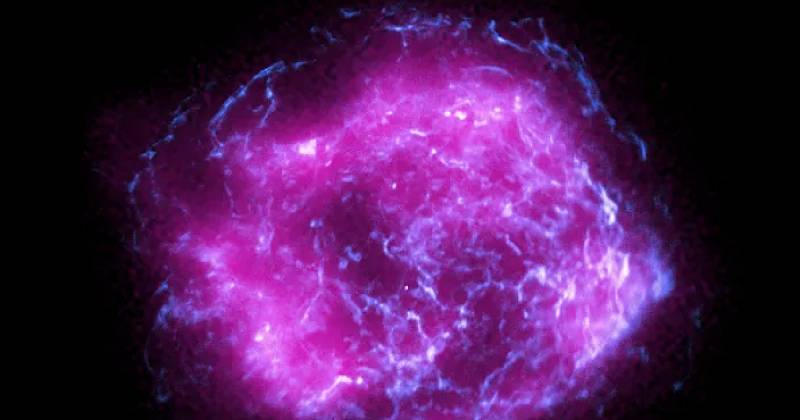
The first image taken by NASA’s new X-ray satellite telescope reveals the colourful electromagnetic afterglow of a supernova explosion.
The Imaging X-Ray Polarimetry Explorer (IXPE) was launched into orbit on December 9 aboard a SpaceX Falcon 9 rocket, then spent a month calibrating its instruments and acclimating to the space environment. When the project’s mirrors were finally ready to collect data, mission controllers focused them at Cassiopeia A, a bright, gas-cloud remnant of a star that burst in the 17th century.
On Monday, the first photograph was released. The gas cloud is approximately 10 light-years across. It doesn’t actually shine the magnificent purple colour described above in visible light. That’s just the hue NASA chose to indicate the strength of the X-ray light in different sections of the cloud.

They used a wider variety of hues in the image below to show the variance in X-rays.
The star’s shock waves superheated surrounding gas and accelerated nearby particles, causing it to glow brightly in X-ray rays. A super-dense object produced when the former star’s core collapsed lies somewhere in the middle of the gas clouds. It could be a neutron star or a black hole.
IXPE will spend at least two years researching the universe’s most extreme and intriguing things, including nebulae, supernovas, neutron stars, and black holes. Since the Chandra X-ray Observatory was placed into orbit in 1999, it is NASA’s first significant X-ray space telescope. Cassiopeia A was also visible in the initial photograph taken by that telescope.

Post Your Comments